Home>Garden Essentials>How To Start A Magnolia Tree From Seed
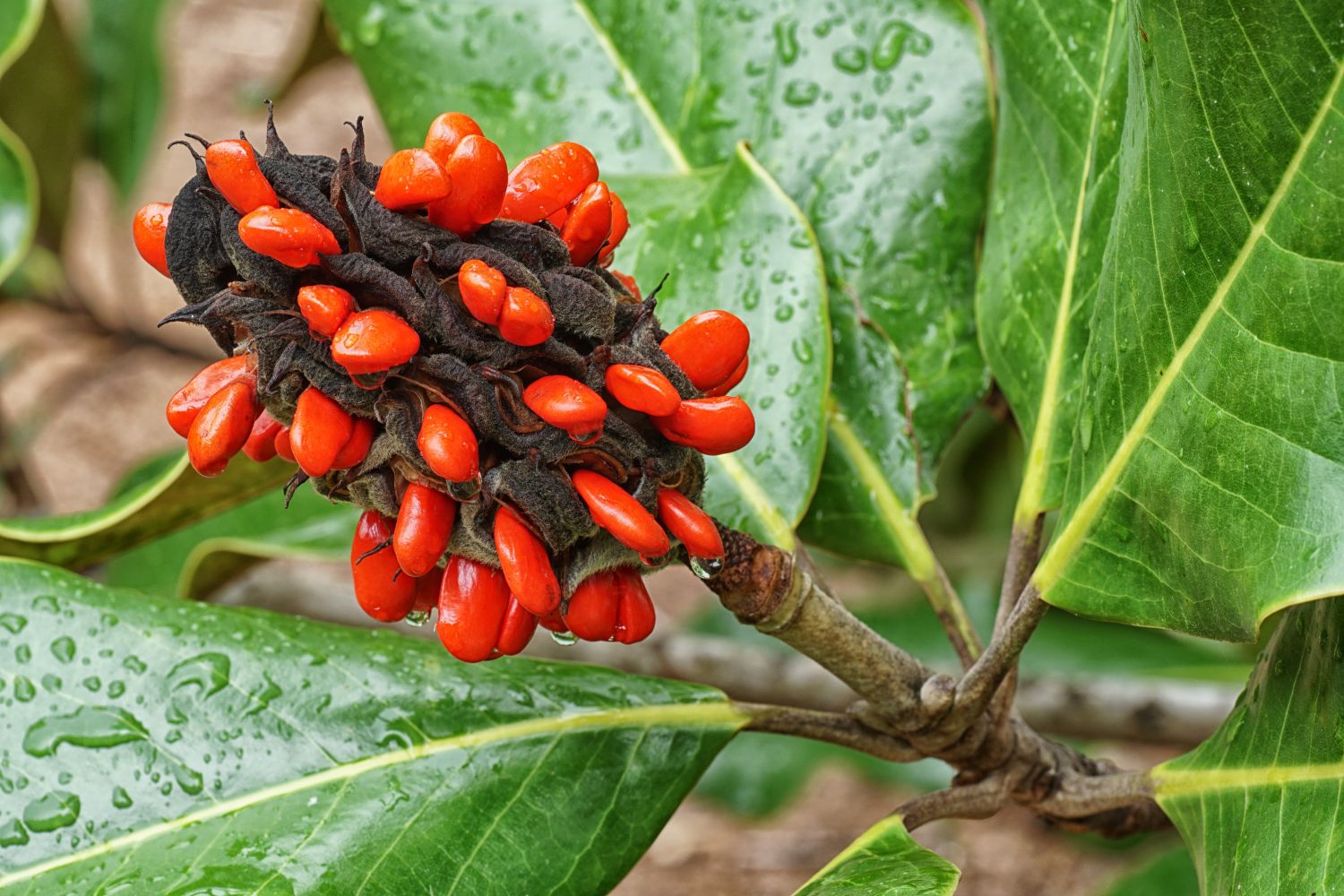

Garden Essentials
How To Start A Magnolia Tree From Seed
Modified: May 6, 2024
Learn how to start a magnolia tree from seed in your garden. Follow our step-by-step guide for successful germination and growth.
(Many of the links in this article redirect to a specific reviewed product. Your purchase of these products through affiliate links helps to generate commission for Storables.com, at no extra cost. Learn more)
Introduction
Gardening enthusiasts and nature lovers often find joy in growing trees from seeds. While propagating plants from seeds can be a rewarding experience, certain species require more care and attention than others. One such species is the magnolia tree, known for its stunning and fragrant blossoms.
Starting a magnolia tree from seed can be a gratifying project that allows you to witness the entire lifecycle of this majestic tree. However, it is important to understand the specific requirements of magnolia tree seeds to ensure successful germination and growth.
In this article, we will guide you through the process of starting a magnolia tree from seed. From selecting the right seeds to providing optimal growing conditions, we will cover everything you need to know to successfully grow a magnificent magnolia tree.
Key Takeaways:
- Growing a magnolia tree from seed requires patience and attention to detail. Select fresh seeds, provide proper scarification and stratification, and create ideal growing conditions for successful germination.
- After planting, care for the seedling by watering, mulching, fertilizing, and protecting from pests. Transplant the seedling during its dormant season for continued growth and eventual magnificence.
Read more: How To Plant A Magnolia Tree From Seed Pod
Choosing the Right Magnolia Tree Seeds
When it comes to starting a magnolia tree from seed, choosing the right seeds is crucial. Magnolia trees produce seeds that come in a variety of shapes, sizes, and colors. Each seed has the potential to grow into a unique and beautiful magnolia tree, but there are a few factors to consider when selecting your seeds.
Firstly, it’s important to look for fresh seeds. Magnolia seeds are best harvested in autumn when they are fully mature and have naturally fallen from the tree. Fresh seeds are more likely to have high germination rates, giving your seedlings a better chance of success.
Secondly, consider the specific magnolia species you are interested in growing. There are hundreds of magnolia species, each with its own unique characteristics and growing requirements. Research the specific species you desire and try to obtain seeds that correspond to that species.
Lastly, consider whether you want to grow a magnolia tree from a specific variety or cultivar. Some gardeners prefer to grow magnolia trees from seeds collected from known cultivars. This allows them to propagate trees with specific features, such as particular blossom colors or unique growth habits.
Remember that growing a magnolia tree from seed is a long-term commitment as it takes several years for a young seedling to develop into a mature tree. Choose seeds that align with your preferences and the desired characteristics of the mature tree you envision.
Once you have selected your magnolia tree seeds, it’s time to prepare them for planting.
Preparing the Seed for Planting
Before planting your magnolia tree seeds, it’s important to provide them with the right conditions to encourage successful germination. Here are the steps to prepare your seeds for planting:
- Scarification: Magnolia tree seeds have a hard outer coating that can make it difficult for water to penetrate and for the embryo to emerge. To overcome this, the seeds need to be scarified, which involves breaking or softening the seed coat. You can achieve scarification by lightly nicking the seed coat with a file or sandpaper. Be careful not to damage the inner seed, as this could hinder germination.
- Stratification: After scarification, magnolia seeds require a period of cold stratification to simulate the natural process of winter dormancy. Place the scarified seeds in a plastic bag with a moistened paper towel or vermiculite. Seal the bag and refrigerate it for a period of 3 to 4 months. This chilling period mimics the winter conditions the seeds would experience in nature and breaks their dormancy.
- Moisture Testing: Once the stratification period is complete, it’s essential to check the moisture content of the seeds. Squeeze a few seeds gently to ensure they are plump and moist, but not waterlogged. If the seeds have dried out during the stratification process, you can soak them in water for a few hours to rehydrate them.
By scarifying and stratifying your magnolia tree seeds, you are creating optimal conditions for germination. Once the seeds are prepared, it’s time to move on to creating the ideal growing conditions.
Creating the Ideal Growing Conditions
To ensure the successful growth of your magnolia tree seedlings, it’s crucial to create the ideal growing conditions for them. Here are some key factors to consider:
- Soil: Magnolia trees prefer well-draining soil that is rich in organic matter. They thrive in slightly acidic soil with a pH level around 5.5 to 6.5. If your soil is heavy or compacted, amend it with organic matter like compost or peat moss to improve drainage and fertility.
- Light: Magnolia trees generally prefer full sunlight, although some species can tolerate partial shade. Choose a location that provides at least 6 to 8 hours of direct sunlight per day for optimal growth and flowering.
- Temperature: Magnolia trees are hardy and can tolerate a range of temperatures, depending on the species. However, most magnolias thrive in temperate to subtropical climates, where average temperatures range from 45°F to 85°F (7°C to 30°C). Ensure that the planting site offers the appropriate temperature range for your chosen magnolia species.
- Watering: While magnolia trees are generally drought-tolerant, they still require regular watering, especially during the establishment phase. Water deeply, providing enough moisture to reach the root zone. Avoid overwatering, as excessive moisture can lead to root rot.
- Protection: Young magnolia tree seedlings are vulnerable to harsh weather conditions and pests. Consider providing them with protection, such as wind barriers or temporary shade structures, to shield them from strong winds, extreme temperatures, and direct sunlight until they are more established.
By creating the ideal growing conditions, you are setting the stage for healthy and vigorous magnolia tree growth. Now that you have prepared the seeds and established the growing conditions, you are ready to plant the magnolia tree seeds.
To start a magnolia tree from seed, collect fresh seeds in the fall, remove the red coating, and plant them in a well-draining soil mix. Keep the soil consistently moist and provide indirect sunlight. Germination can take several months.
Planting the Magnolia Tree Seed
Now that you have prepared the magnolia tree seeds and created the ideal growing conditions, it’s time to plant them. Follow these steps to plant your magnolia tree seeds:
- Choose the Right Time: Plant the seeds in early spring, preferably after the last frost date in your region. This will provide the seedlings with ample time to establish themselves before the summer heat arrives.
- Select a Planting Site: Choose a sunny location with well-draining soil. Make sure there is enough space for the tree to grow to its full size, as magnolia trees can reach significant heights and widths.
- Prepare the Planting Hole: Dig a hole that is slightly larger than the size of the seed. Ensure there is enough space for the seed to be covered with soil while leaving a small depression at the center to hold water.
- Plant the Seed: Place the scarified and stratified seed in the planting hole, with the scarification point facing upwards. Gently cover the seed with soil and press it down lightly to ensure good soil-to-seed contact.
- Water: After planting, water the seedling thoroughly to settle the soil and provide moisture. Avoid overwatering, as excess water can lead to root rot.
- Maintain Proper Moisture Levels: To promote germination and healthy growth, keep the soil moist but not soggy. Water the seedling regularly, allowing the soil to dry slightly between waterings.
Keep in mind that germination time can vary depending on the magnolia species and environmental conditions. Some seeds may germinate within a few weeks, while others may take several months. Be patient and monitor the growth of your magnolia tree seedling closely.
As the seedling grows and matures, it’s important to provide proper care and maintenance to ensure its continued health and well-being.
Read more: How To Start Magnolia Seeds
Caring for the Seedling
Once your magnolia tree seedling emerges from the soil, it’s important to provide the proper care and attention it needs to thrive. Here are some key aspects to consider when caring for your magnolia tree seedling:
- Watering: Continue to water your seedling regularly, ensuring that the soil remains consistently moist but not waterlogged. As the seedling grows, adjust the amount of water according to its needs, taking into consideration the weather conditions and soil moisture levels.
- Mulching: Apply a layer of organic mulch around the base of the seedling to help retain moisture in the soil and suppress weed growth. Mulching also helps regulate soil temperature and protects the roots from extreme temperatures.
- Fertilization: After the first year of growth, you can begin to introduce fertilizers to support the development of your magnolia tree. Use a balanced, slow-release fertilizer specifically formulated for trees, following the manufacturer’s instructions for application rates.
- Pruning: Pruning is generally not necessary for young magnolia tree seedlings. However, if you notice any dead or diseased branches, you can carefully remove them to promote healthy growth. Wait until the tree is more established before considering extensive pruning or shaping.
- Protection from Pests and Diseases: Monitor your seedling for any signs of pests or diseases, such as aphids or fungal infections. If necessary, treat the issue promptly using organic or appropriate control methods. Regularly inspect the leaves, stems, and trunk of the tree for any abnormalities.
- Support: As your magnolia tree seedling grows taller, it may require support in the form of stakes or ties to ensure proper growth and stability. Use soft materials to tie the tree to the support and check regularly to adjust as needed.
Remember that each magnolia tree species may have specific care requirements, so be sure to research the particular species you are growing and adjust your care accordingly.
With proper care, your magnolia tree seedling will grow and flourish, eventually becoming a beautiful and majestic tree in your garden. However, it’s important to consider the eventual size and space requirements of the mature tree.
Transplanting the Magnolia Tree Seedling
As your magnolia tree seedling continues to grow, there may come a time when it outgrows its current container or planting location. Transplanting the seedling into a larger space will allow it to spread its roots and reach its full potential. Here are the steps to successfully transplant your magnolia tree seedling:
- Timing: The best time to transplant a magnolia tree seedling is during its dormant season, typically in late winter or early spring. Transplanting during this time allows the seedling to establish itself in its new location before the onset of warmer weather.
- Choose the New Location: Select a planting site that provides adequate space for the mature magnolia tree to grow. Ensure the new location offers the same soil and light conditions as the previous spot, or make any necessary adjustments to match the tree’s preferences.
- Prepare the New Planting Hole: Dig a hole that is wider and slightly deeper than the root ball of the seedling. This will give the roots ample space to spread out as they grow. Loosen the soil at the bottom of the hole to encourage root penetration.
- Remove the Seedling: Gently remove the seedling from its current container or planting spot. Be careful not to damage the roots or disturb the soil around them. If the seedling is root-bound, tease out the roots slightly to promote healthy growth.
- Plant the Seedling: Place the seedling in the new planting hole, making sure the top of the root ball is level with or slightly above the surrounding soil. Backfill the hole with the loosened soil and gently firm it around the roots, being careful not to compact the soil too much.
- Water and Mulch: After transplanting, water the seedling thoroughly to settle the soil and hydrate the roots. Apply a layer of organic mulch around the base of the tree, keeping it a few inches away from the trunk to prevent rot.
- Support: If the seedling is tall and likely to be exposed to strong winds, consider providing support in the form of stakes or ties. This will help the tree remain stable during its early growth stages.
It is important to actively monitor the transplanted magnolia tree seedling and provide proper care, including regular watering and ongoing maintenance. With time, the seedling will adapt to its new surroundings and continue to grow into a magnificent magnolia tree.
Remember to be patient and allow the tree time to adjust to its new location. Transplant shock is common initially, but with proper care, the magnolia tree will thrive in its new home for years to come.
Eager to see your magnolia seeds sprout? Understanding the timeline for seed germination will help manage expectations and enhance your gardening skills. On another note, if you're pondering ways to spruce up your garden's look, consider exploring some inspiring garden fence ideas that could transform your outdoor space into a charming and private oasis.
Frequently Asked Questions about How To Start A Magnolia Tree From Seed
Was this page helpful?
At Storables.com, we guarantee accurate and reliable information. Our content, validated by Expert Board Contributors, is crafted following stringent Editorial Policies. We're committed to providing you with well-researched, expert-backed insights for all your informational needs.
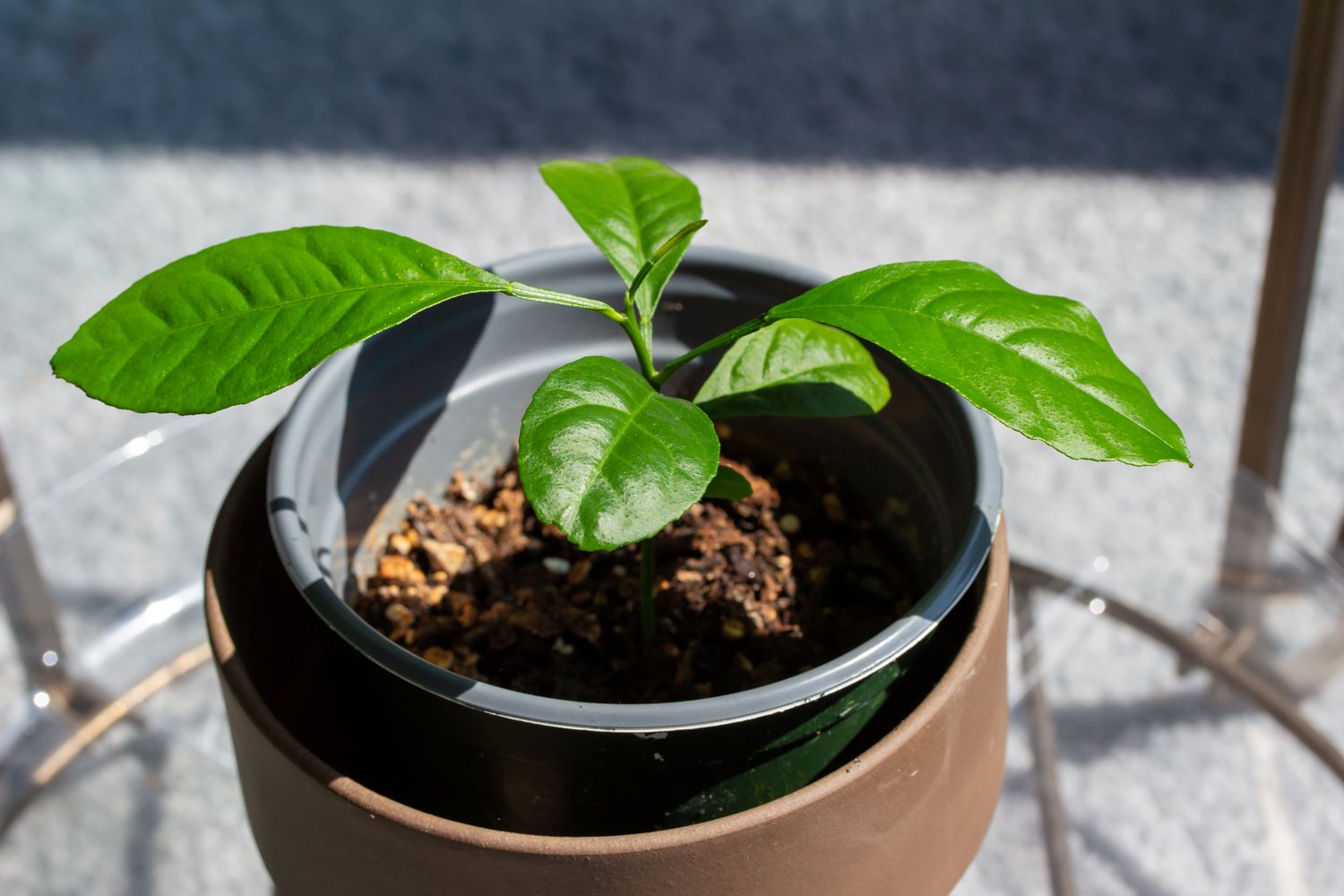
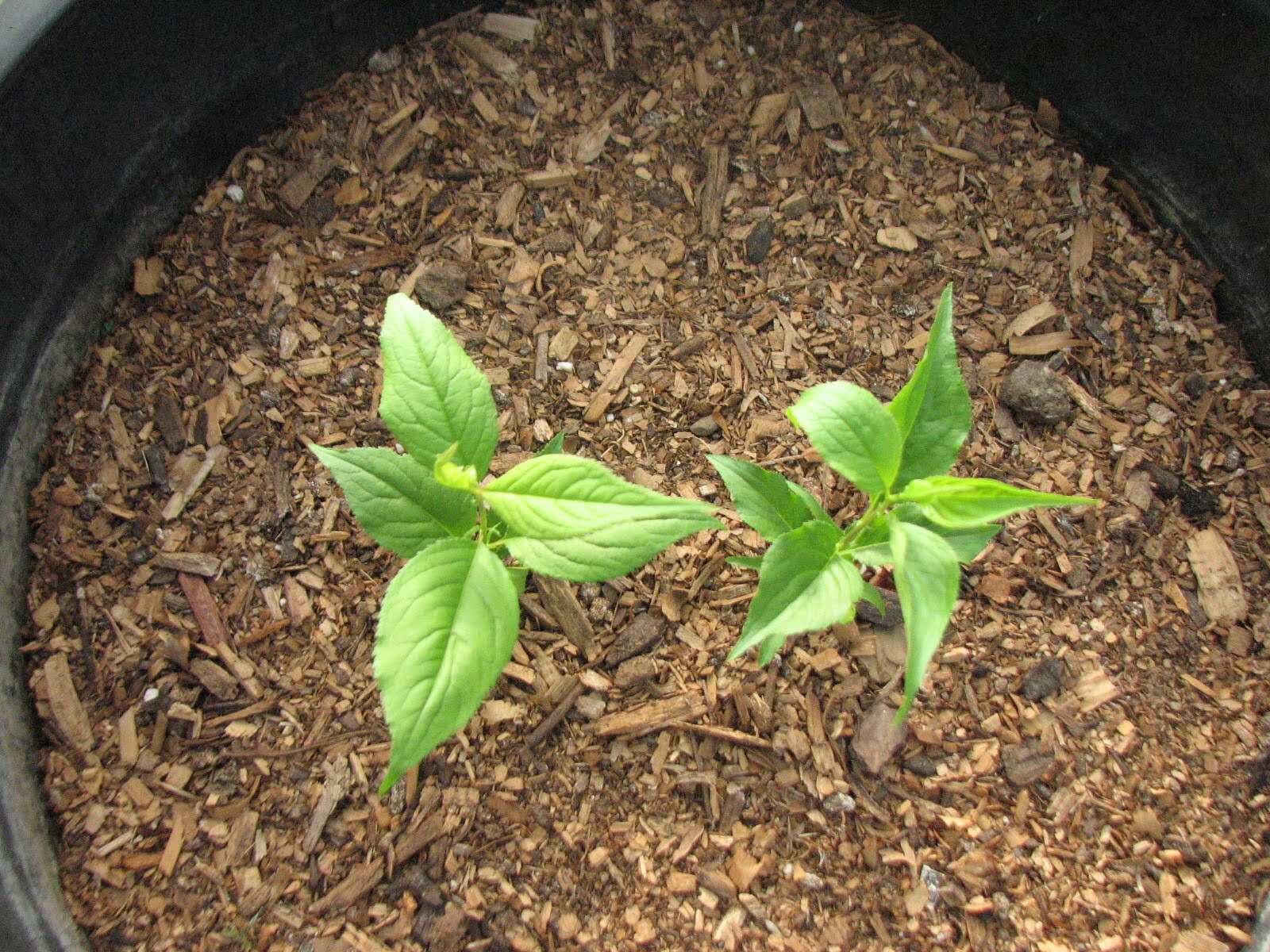


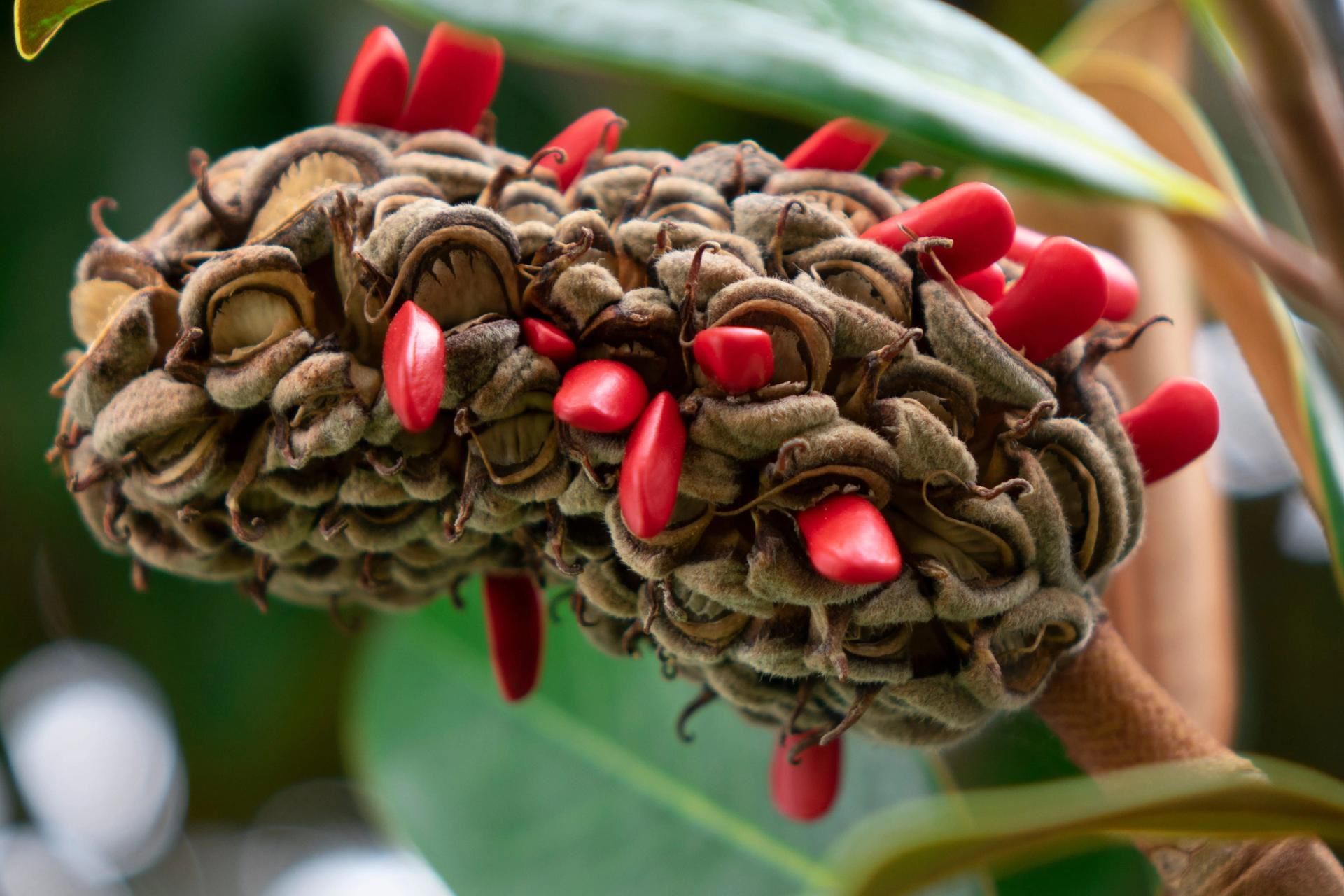
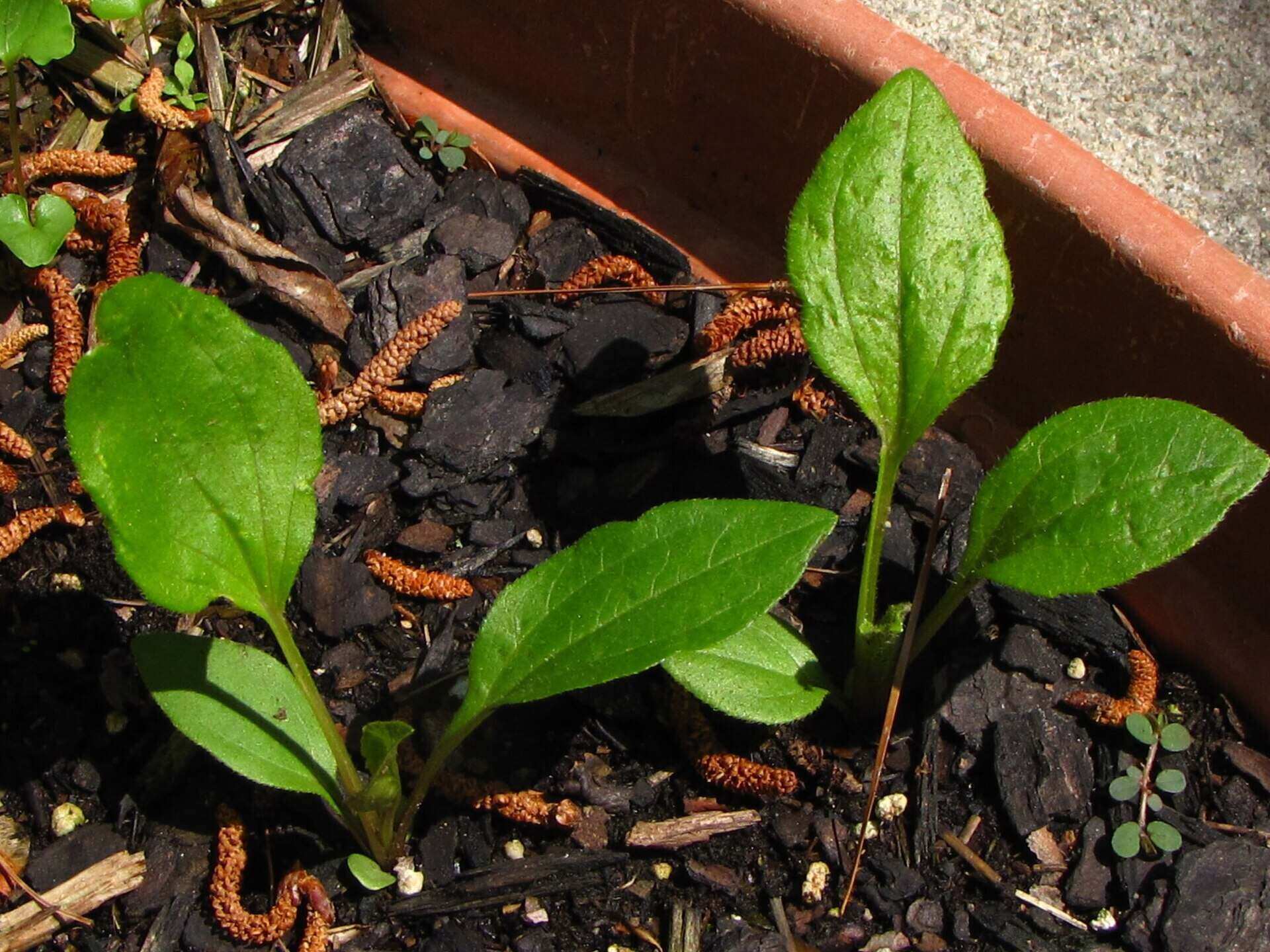
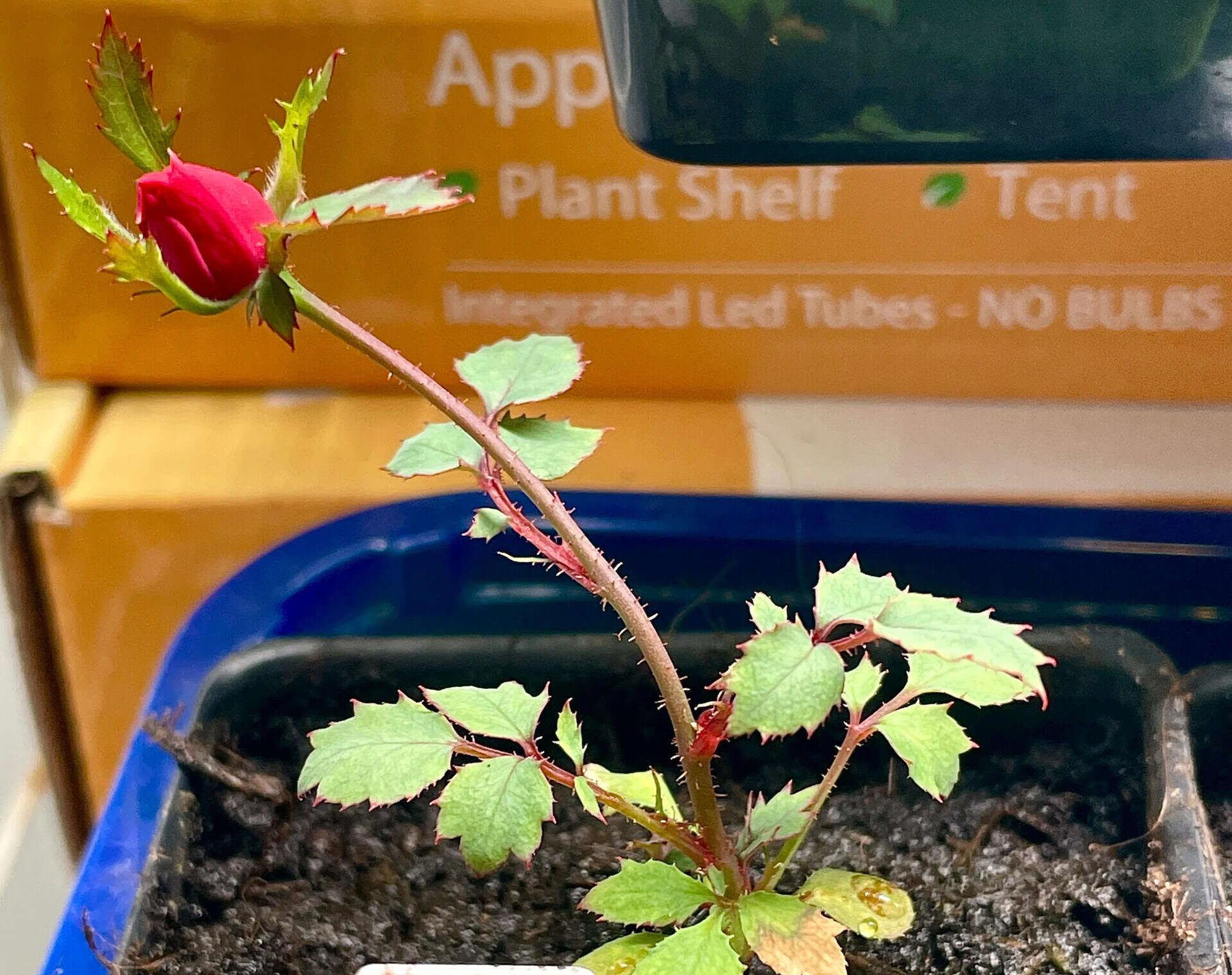
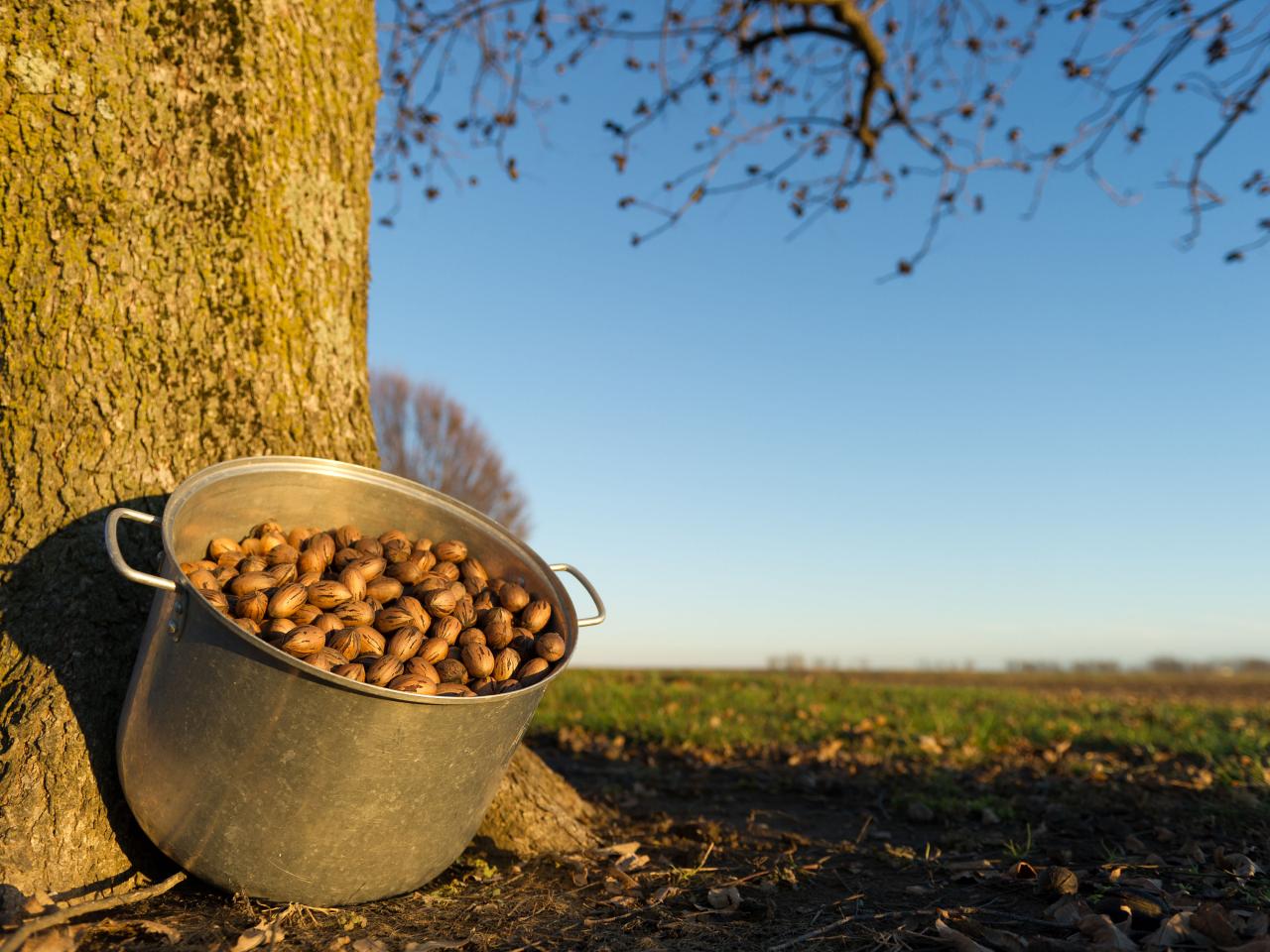
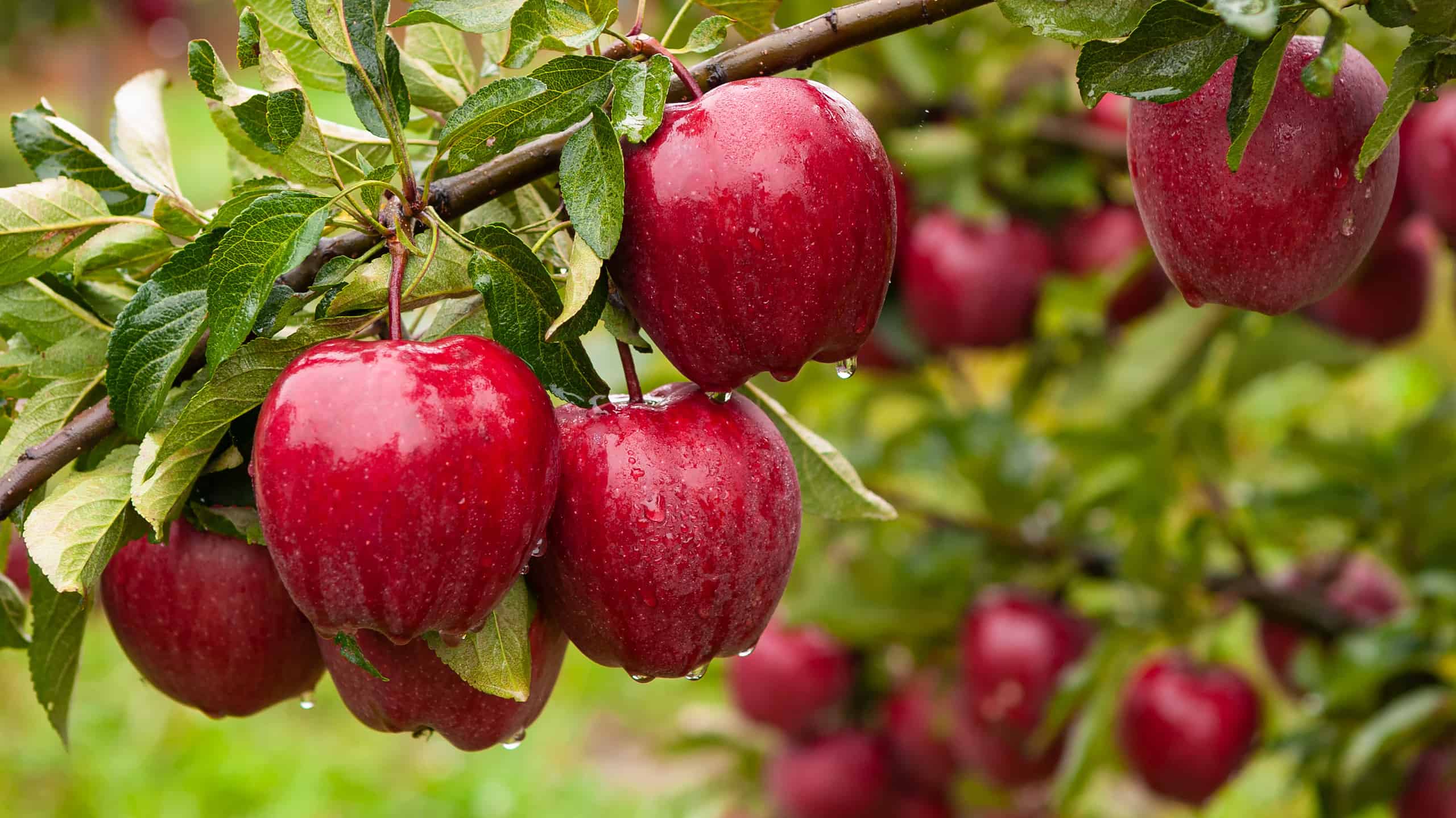
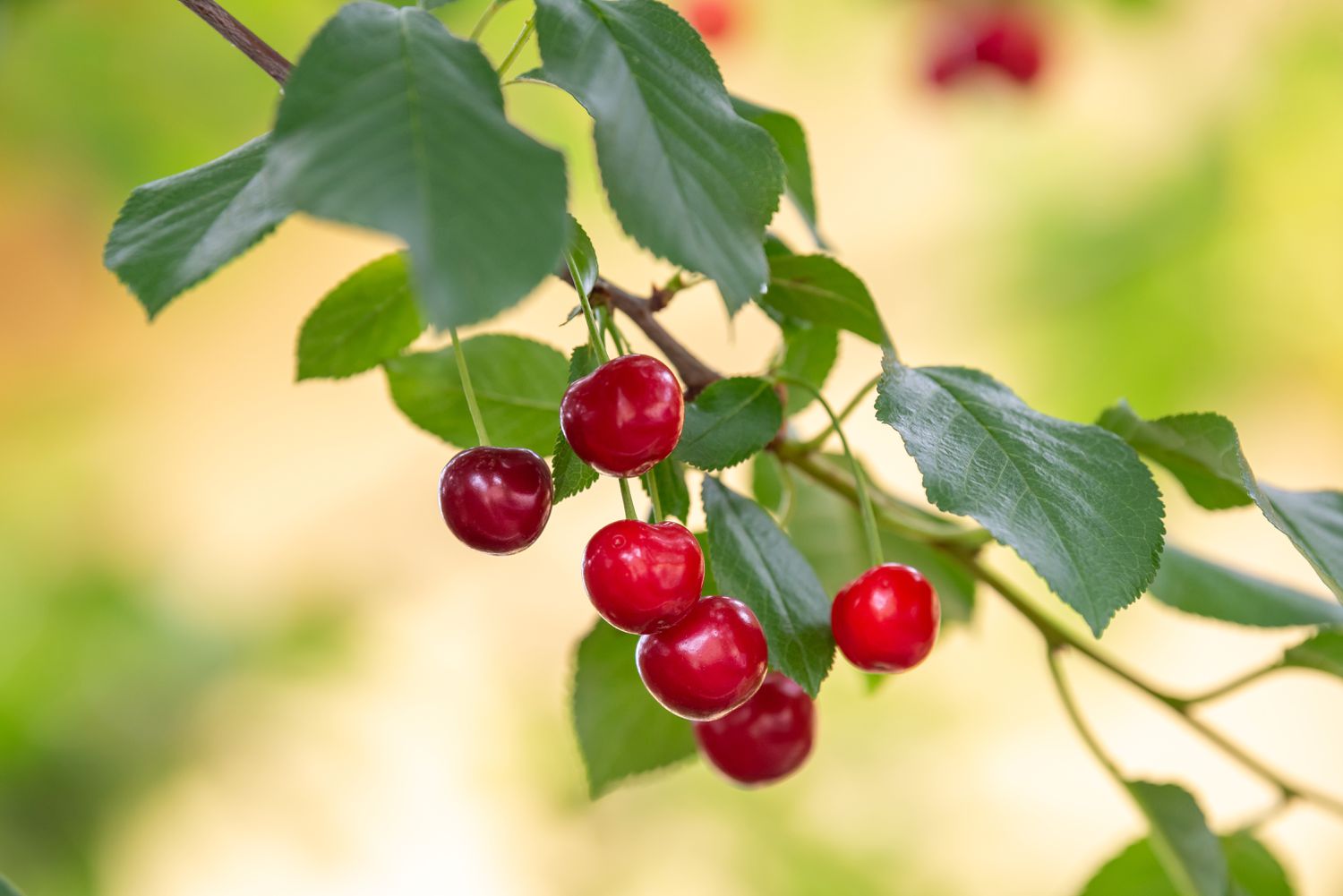
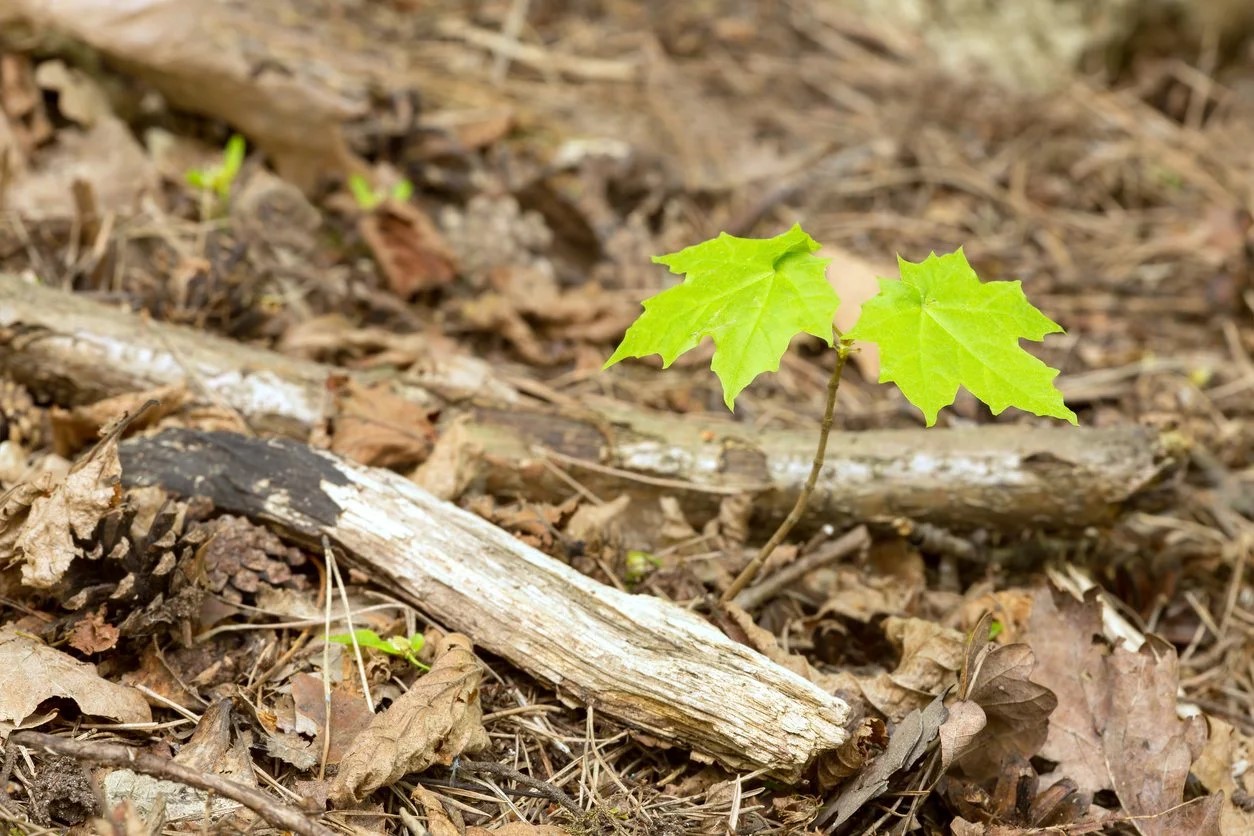
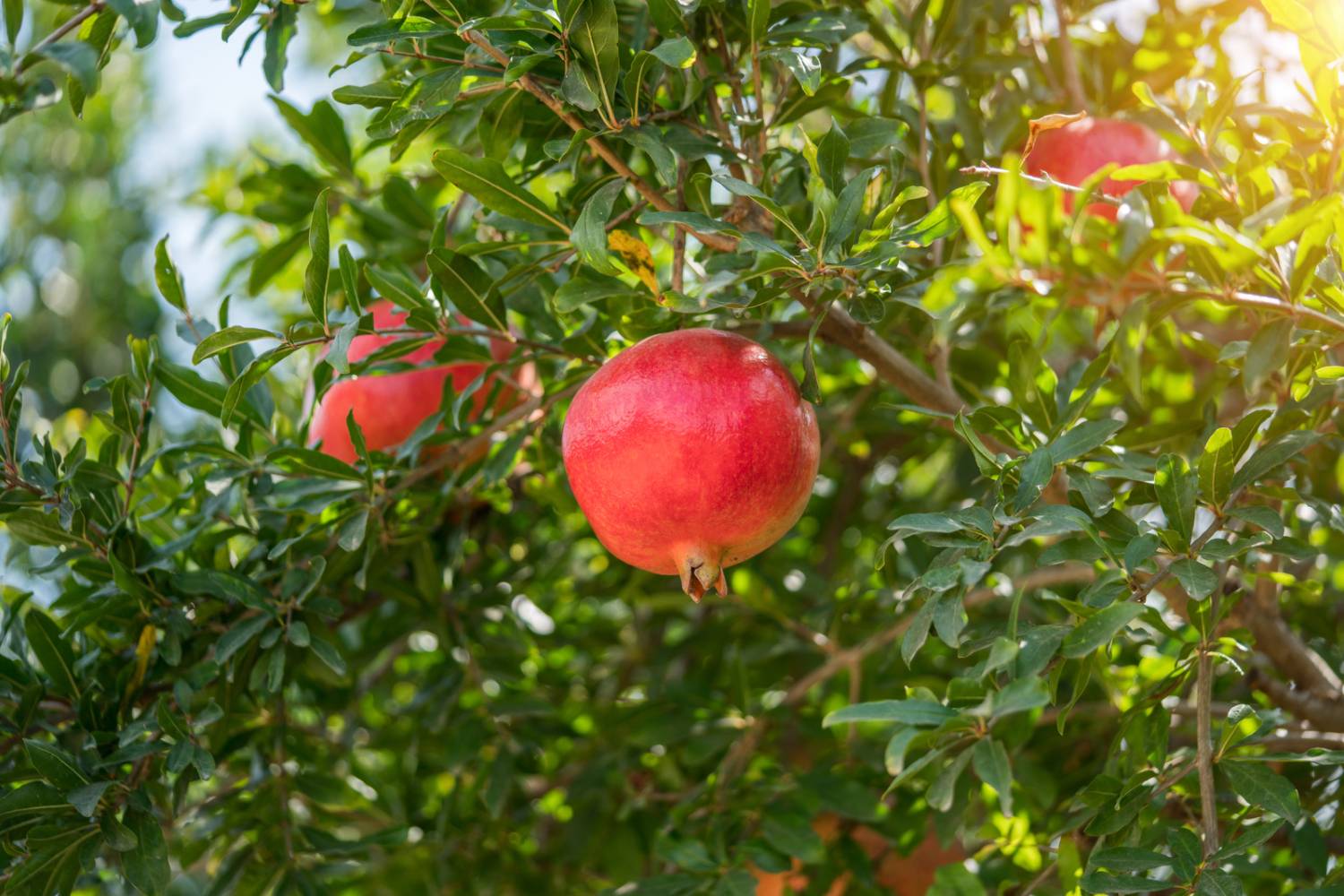
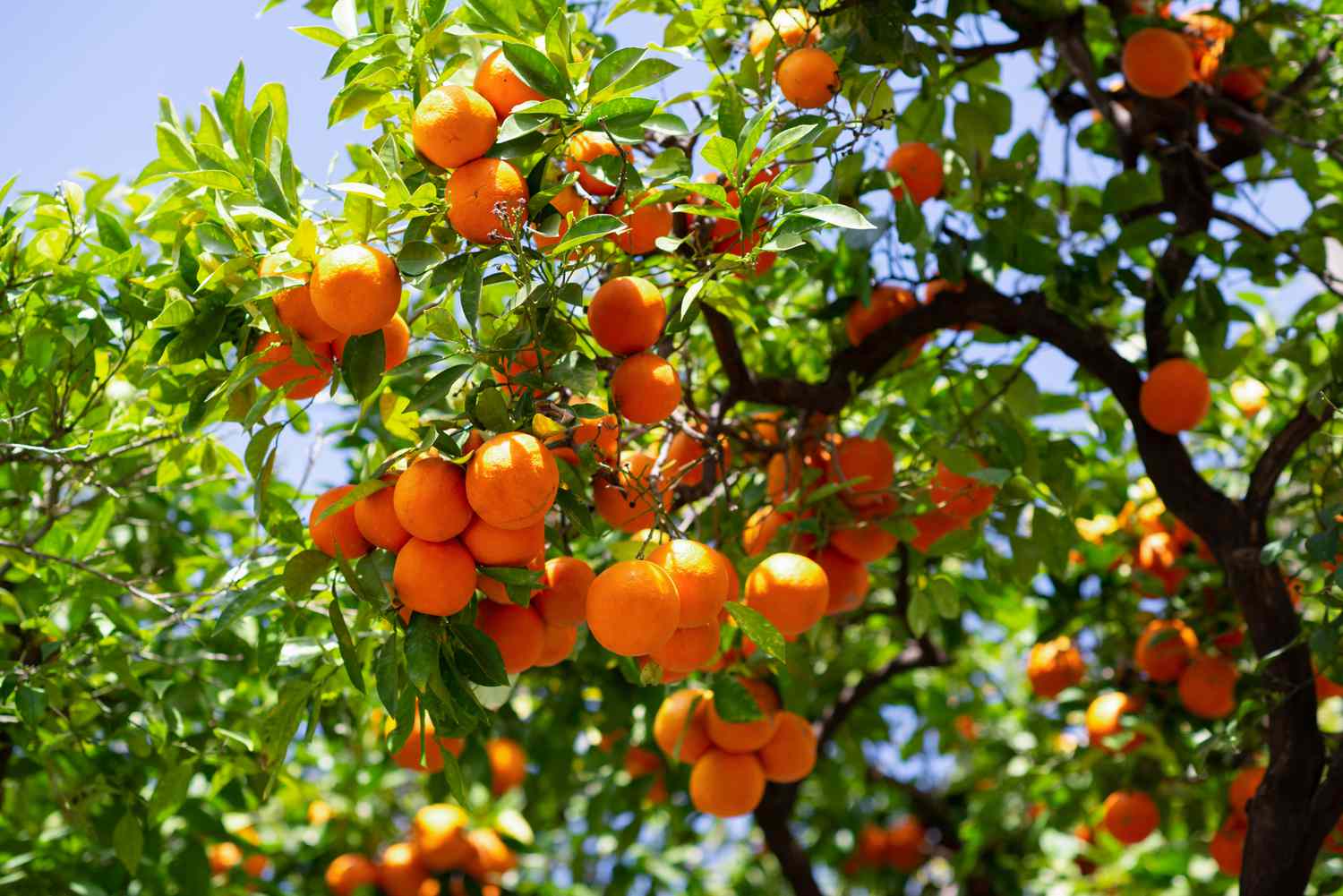
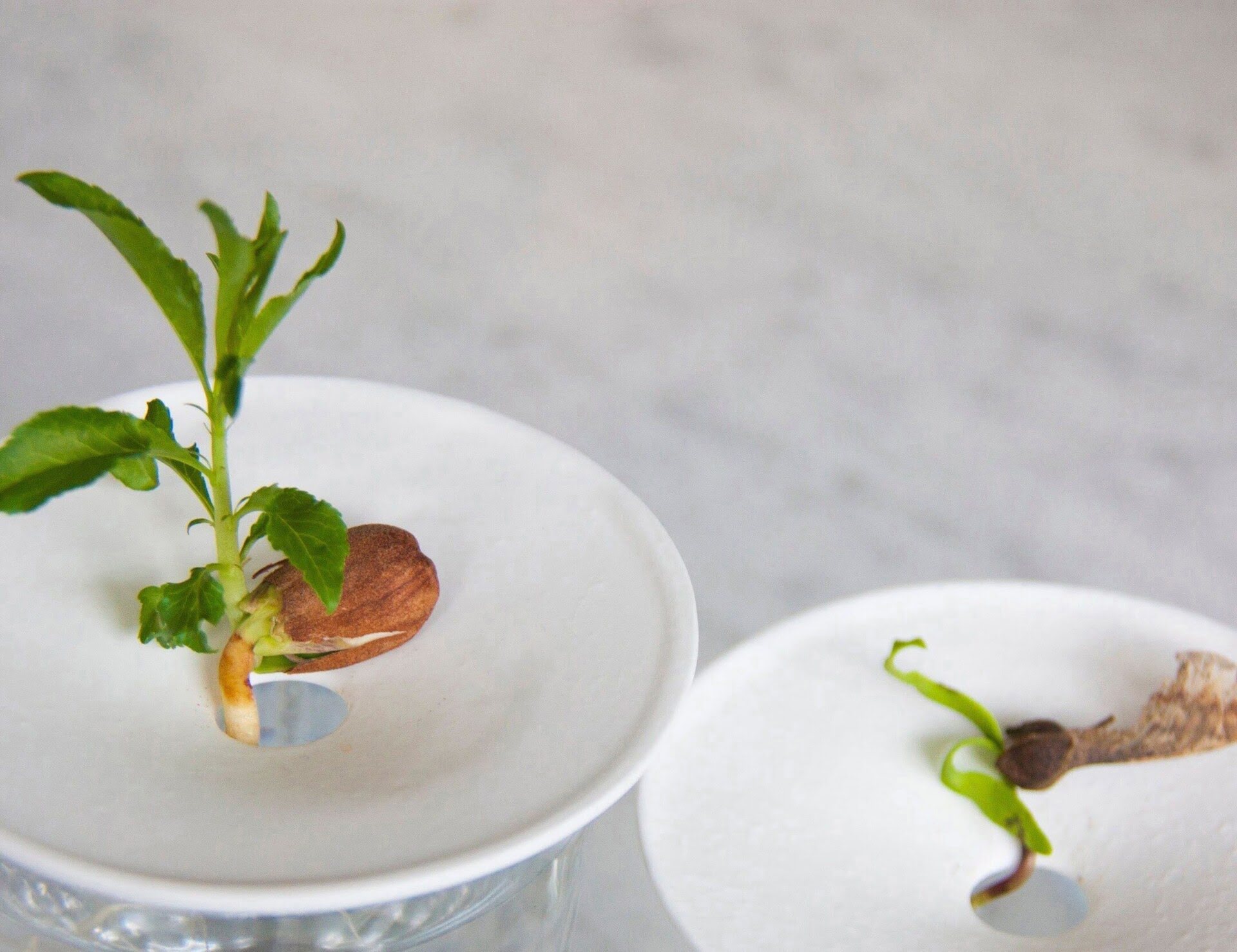

0 thoughts on “How To Start A Magnolia Tree From Seed”